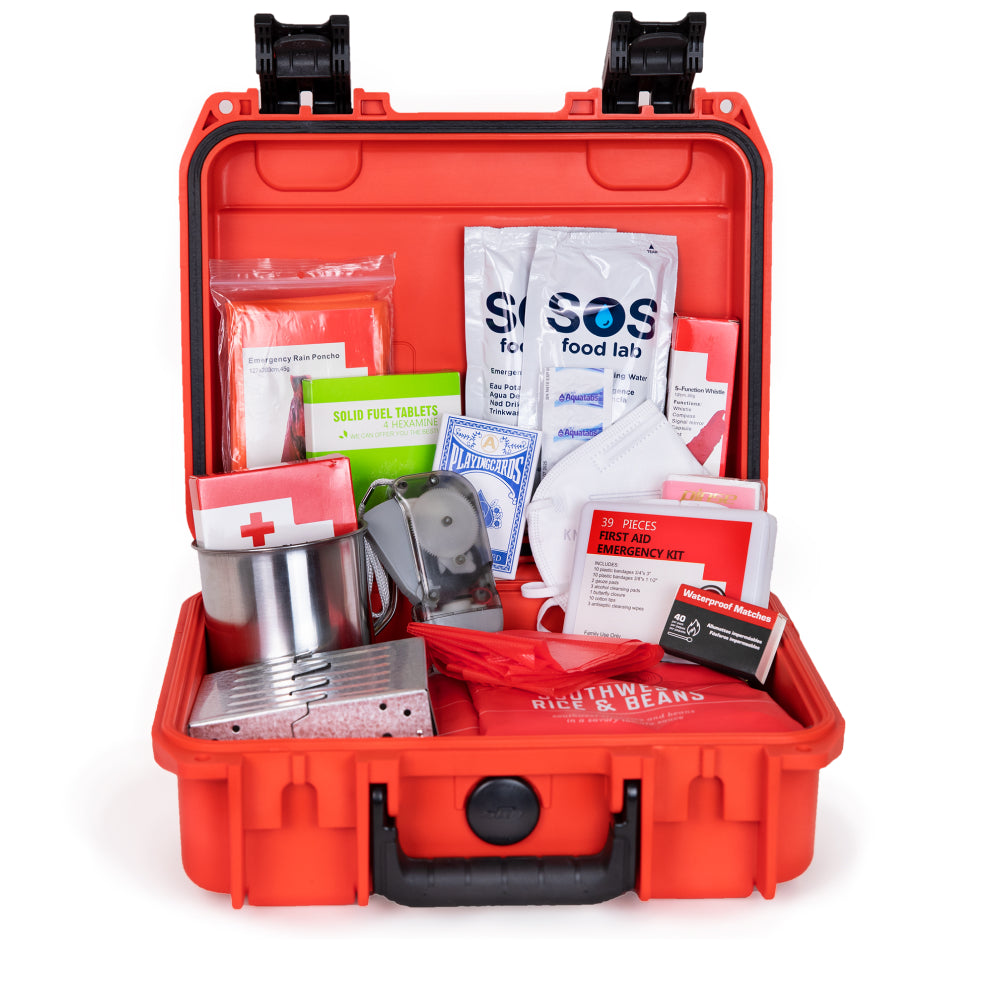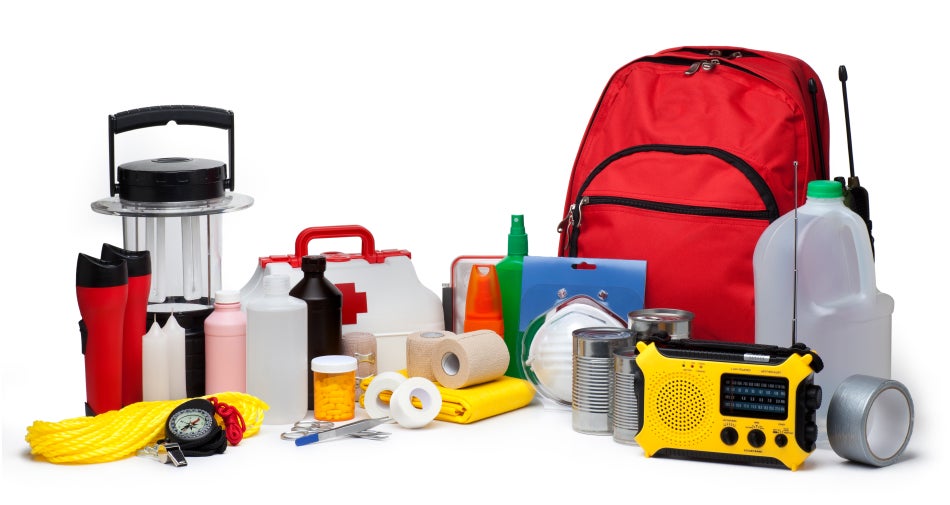Empower Yourself with Emergency Preparedness: Be Ready, Be Resilient
Wiki Article
Exactly How to Develop a Comprehensive Emergency Readiness Strategy
In the realm of preparedness, developing a comprehensive emergency strategy is not merely a job to mark off a list; it is a crucial keystone of any kind of organization or person's resilience technique. From all-natural calamities to unexpected dilemmas, the capability to anticipate, minimize, and react efficiently can imply the distinction in between chaos and control. By carefully crafting a plan that deals with different aspects of emergency situation monitoring, including risk analysis, interaction methods, resource allotment, and critical decision-making, one can lay a strong structure for guarding lives, assets, and operations. However, real efficacy of such a plan lies not only in its production however likewise in its ongoing upkeep and adaptation to advancing difficulties and dangers.Importance of Emergency Situation Preparedness
Emergency readiness is critical for alleviating potential dangers and ensuring the safety and security of individuals and areas. In today's globe, where natural calamities, public health and wellness situations, and other emergencies can strike without caution, being prepared can make a significant distinction in decreasing the effect of these occasions. By having a well-balanced emergency readiness plan in position, people and companies can respond successfully, protect lives, and decrease property damages.One of the primary reasons why emergency situation readiness is necessary is its function in saving lives. When emergency situations happen, having a strategy that lays out clear procedures for discharge, emergency, and communication feedback can aid individuals act swiftly and decisively. This can protect against injuries and deaths by making sure that individuals understand what actions to take to stay secure
Furthermore, emergency situation preparedness improves the strength of communities. By cultivating a culture of readiness and preparation for various situations, areas can recuperate extra rapidly from calamities and disruptions. This resilience is important for preserving security, continuity of operations, and overall wellness despite adversity.
Assessing Potential Risks
Taking into consideration the significance of being gotten ready for unpredicted occasions, the preliminary action in creating a reliable emergency situation readiness strategy entails thoroughly examining and examining prospective threats. This assessment calls for a thorough testimonial of all possible hazards that might impact the company, taking right into account variables such as area, sector, and historical data on cases. By determining these dangers, organizations can prioritize their readiness efforts and assign resources effectively to minimize one of the most considerable risks.Typical threats that companies may deal with include natural calamities like floodings, quakes, or storms, technological dangers such as power interruptions or information breaches, in addition to human-caused dangers like accidents or willful acts of violence. Carrying out a risk analysis also includes thinking about the potential effect of these occasions on the company's procedures, employees, consumers, and credibility. By conducting a comprehensive risk analysis, organizations can develop customized emergency feedback plans that resolve their particular susceptabilities and guarantee efficient preparedness for any kind of potential dilemma.
Creating an Interaction Strategy
Developing a clear and comprehensive communication strategy is essential for efficient emergency preparedness within organizations. In times of dilemma, interaction plays an important duty in ensuring the safety and wellness of staff members, stakeholders, and the community. A well-balanced communication strategy must detail clear lines of communication, assign essential employees responsible for communication tasks, and develop methods for disseminating details quickly and accurately.One key facet of creating an interaction plan is recognizing alternative and key interaction networks (EMERGENCY PREPAREDNESS). These can consist of e-mail, message messaging, phone trees, social networks systems, and public address systems. It is important to make certain that these channels are trusted, available, and on a regular basis examined to assure their efficiency during emergencies

Structure an Emergency Set
Provided the vital significance of readiness in times of crisis, a crucial element that organizations need to address is the establishment of an emergency situation kit. When assembling an emergency situation kit, it is necessary to take into consideration the particular requirements and situations of the company. Additionally, companies need to consist of crucial records, such as get in touch with lists, insurance info, and emergency reaction plans, in water-proof containers within the set.Developing Emptying Treatments
To ensure the safety and security and orderly evacuation of personnel during emergencies, organizations must establish clear and reliable emptying procedures. Emptying procedures ought to incorporate a series of potential situations, consisting of fires, natural calamities, or other emergencies that need swift evacuation.
Furthermore, companies should develop a system for accountancy for all employees throughout an evacuation to ensure that everybody has actually safely exited the properties. Interaction plays an important duty in discharge treatments, with clear guidelines on just how to leave and when to do so. Regular testimonial and updating of emptying treatments based on feedback and changing situations are necessary to preserving the efficiency of the strategy.
Conclusion
In verdict, developing an extensive emergency situation readiness strategy is vital for ensuring the safety and well-being of people in case of his comment is here a calamity (EMERGENCY PREPAREDNESS). By assessing prospective risks, creating an interaction strategy, constructing an emergency kit, and developing evacuation procedures, individuals and organizations can be much better furnished to respond properly to emergencies. It is vital to prioritize readiness initiatives to mitigate the impact of disasters and safeguard lives and propertyIn the world of readiness, developing a comprehensive emergency strategy is not merely a task to examine off a checklist; it is a crucial cornerstone of any company or individual's durability strategy. When emergencies occur, having a plan that describes clear procedures for communication, emergency situation, and evacuation reaction can aid people act swiftly and emphatically. straight from the source. By performing a thorough threat assessment, organizations can establish tailored emergency action plans that address their certain susceptabilities and make sure reliable readiness for any kind of potential situation
Establishing a clear and detailed interaction plan is necessary for efficient emergency situation preparedness within organizations. By assessing prospective risks, developing an interaction plan, constructing an emergency situation kit, and establishing evacuation procedures, people and organizations can be better equipped to react successfully to emergencies.
Report this wiki page